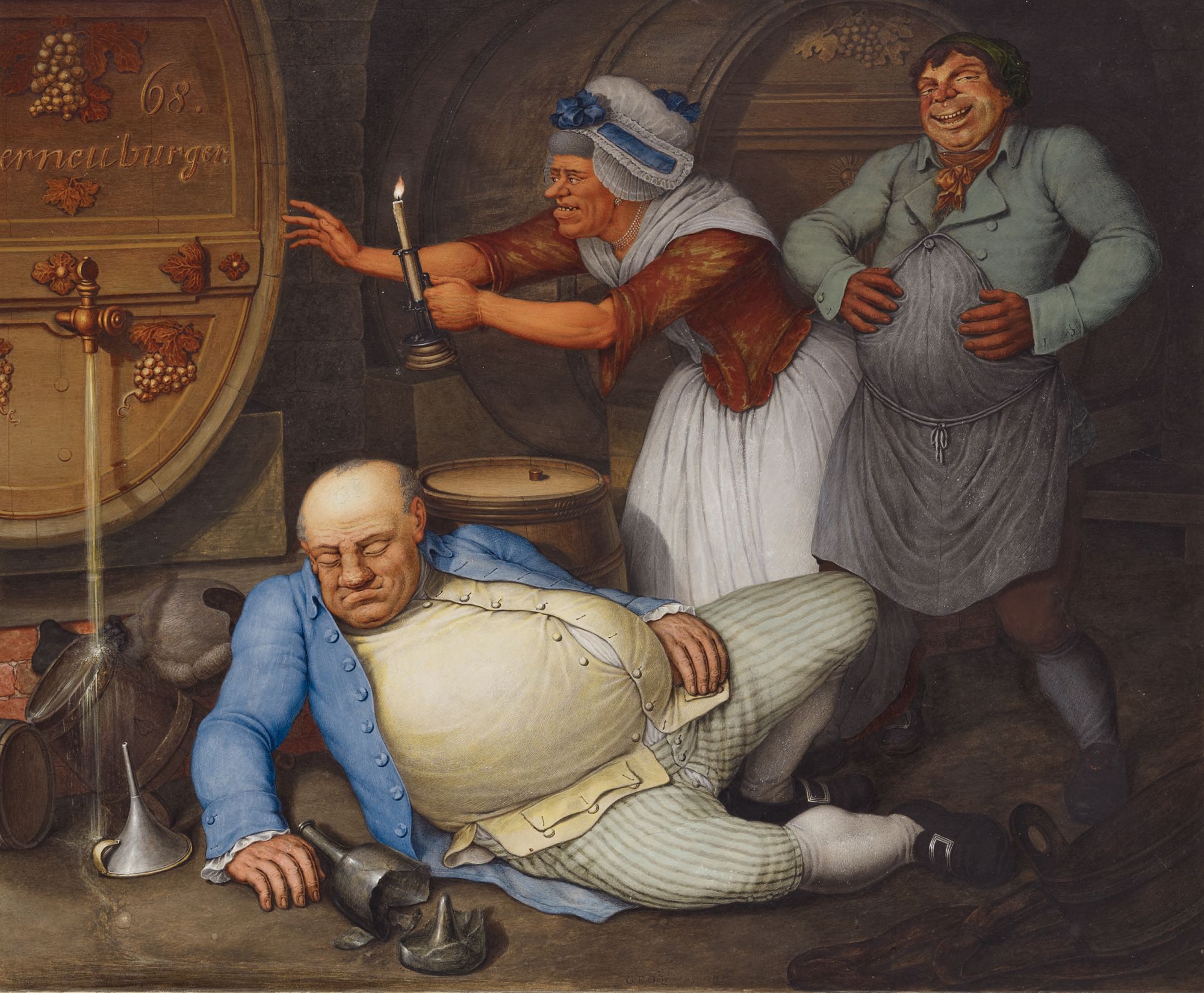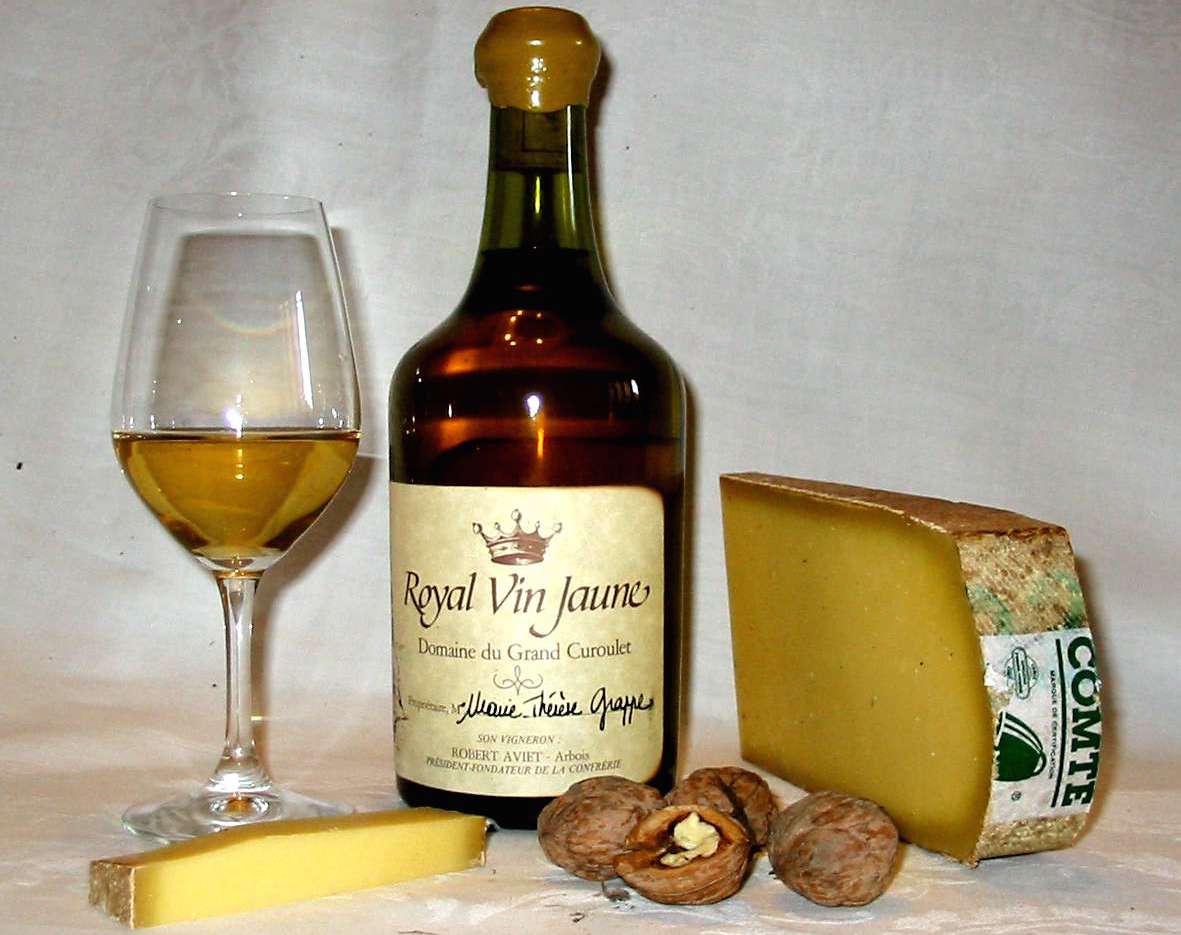Hans買大正止瀉藥錠;暮帝納斯ㄖ
1500決定去苗栗,Hans談漢雄的諸病,自強號,有位;回來5點,區間車。傍晚後雨。走回五廊街,五權路仁義牛肉麵,甚廉。
洪醫師人手規模擴張一。他家在民德水庫。
今天苗栗訪友。在他那而看電視。
電視重播蔡應文當選之夜。北京某記者在蔡競選總部說,當天是台灣轉折日。
比較:學聯就二月八日旺角衝突之聲明 - 站在對抗暴政的一方
Hans買牛奶;媽媽送香腸等。
2016/02/10 早安阿!快來看看四大報頭條!蔡
蘋果日報 【死傷逾百!維冠箍筋少一半不耐震 惡建商收押ㄧ】
聯合報 【維冠大樓箍筋數僅原設計一半 羈押惡建商林明輝4個名字】
自由時報 【維冠建商 林明輝收押】
中國時報 【無建築師、鋼筋減半 維冠3人組收押】
聯合報 【維冠大樓箍筋數僅原設計一半 羈押惡建商林明輝4個名字】
自由時報 【維冠建商 林明輝收押】
中國時報 【無建築師、鋼筋減半 維冠3人組收押】
One Wine, Two Wine, Red Wine, Blue Wine
February 10, 2015 | by Damion Searls
Naming wines in translation.
Valentine’s Day is upon us and if, to bedazzle your beau or belle, your tastes turn to thoughts of white tablecloths and candlelight, your thoughts will likely turn to tastes of wine.
But which wine? It can be hard to navigate those artisanal descriptions, so easy to mock—notes of saddle leather, jujubes, and turpentine with a hint of combed cotton, and so on. The basic questions are no simpler, though. “Red or white?” ignores orange wine, whites tinted a little longer than usual from the grape skins: basically the opposite of rosé, where red-wine grapes are peeled faster than usual. There’s also gray wine (vin gris, actually pinkish), which is white wine from black grapes usually used for red wine such as pinot noir, and even yellow wine (vin jaune), a special variety from the Jura in eastern France, though what white wine isn’t yellow when you think about it. Provençal pink wines—rosés—are colored gooseberry, peach, grapefruit, cantaloupe, mango, or mandarin, according to the Provence Wine Council: vote for your favorite here.
What are these colors anyway? “Red” wine isn’t actually red, like fire engines or stop signs, any more than “white” is white like snow or those tablecloths. And we don’t have “white grapes” in English, though we do have red: we have green grapes (and yellow raisins), and black, purple, and blue grapes, too. Color perception, and color words, are vast and fascinating topics, best plumbed in the magnificent, luxurious, inexhaustibleColor and Culture by John Gage, from which I take much of what follows. Different cultures have different color schemes, and as the centuries go by, especially if paintings and fabrics fade or are lost, it can be hard to know what people meant by a given word.
Purple, as in the Roman “royal purple” whose misusers could face the death penalty, probably meant a luster or shimmeriness, not a hue. There are color-fast artworks, like mosaics, that show garments known to be purple, but which we would now call vermillion-red, green, or black, with shimmers of light. In Medieval Spain, the word for purple meant a thick fabric, probably silk, of almost any color; the Anglo-Saxon translation of purpura was godweb: a good, or godly, weave.
Then there’s perse: no one knows what the hell that means. In the eighth century, it was a synonym for hyacinth; in Dante, it’s purple-black; at its heyday, it was the darkest and most expensive blue; its last appearance, in the mid-sixteenth century, was as the color of rust. It, too, might be more like a kind of material or some non-hue color value.
The most well-known color-translation problem is Homer’s “wine-dark sea”—the sea rarely being, of course, what we would call the color of wine of any color. Explanations relying on poetic license or metaphors of intoxicating depths quickly run aground on the rest of Homer’s color terms: He calls oxen “wine-dark,” too. The sea, when not “wine-dark,” is “violet,” an adjective he also applies to sheep. Honey is “green.” There are five words for hues in all of Homer’s work, including words for fiery-red and purple-red, but none for blue—despite living under the most splendid, perfect blue in the world, Homer calls his sky starry, or broad, or great, or iron, or copper, or bronze, but never once blue.*Kuaneos, which in later Greek meant blue, is used only for a storm cloud, Hector’s hair, Zeus’s eyebrows: “dark.” Maybe he had no choice but to call the sea wine-colored.
So about that “red” wine, maybe it’s best to stick to the winemaker’s name on the bottle? That presents other problems, in some languages. English speakers take for granted our ability to just borrow some French if we need it, for Burgundy, champagne, Château Lafite-Rothschild. We have the same alphabet as French, give or take a few accents, and more or less know how to pronounce the unfamiliar thing if we see it. Even words from non-Western languages are usually easy to transliterate: Honda, Al Jazeera.
Not so in Chinese. And with high-end wine exports from France hitting record numbers this decade because of Asian demand—French wine took in ten billion euros in 2011, beating the previous record by more than 10 percent, and 2.5 billion was from Asia—what the Chinese consumer sees as a wine’s name has started to make a big difference.
The challenge of translation between Chinese and European languages never ceases to amuse, for which see any number of so-called Chinglish Web sites illustrating signs or instructions gone terribly wrong. Translations of proper nouns into Chinese pose even more problems, because a French or English syllable can be matched by a dozen or more different Chinese words, each with a different meaning. As a result, even straight transliteration runs into semantic cross fire: not only must the name be easily pronounced and appealing in Chinese, and sound roughly the same as the original, but unlike a transliteration into English it will mean something, too, one hopes something positive or brand-appropriate. It was a bummer for Microsoft that “Bing” is most naturally heard in Chinese as 病, meaning “illness” or “being sick.” Good save, though: they called their search engine bi-ying (必应), “must answer.”
The two companies you hear about who aced the challenge are Subway, which in Chinese is sai-bai-wei (赛百味), “better than a hundred flavors,” and the brilliant keh-kou keh-luh(可口可乐), which sounds like “Coca-Cola” and means “delicious happiness” or “good to drink, makes you happy.” I like Groupon’s name: gao-peng (高朋), “classy friends”; I’d probably like Groupon more if it were called Classy Friends in English, too.
What about wine? As you’d expect, total chaos. Some names could be translated (Château La Lagune as lang-lihu, “beautiful lake”), some wines simply renamed: Château Beychevelle became the auspicious longchuan (“dragon boat”), playing off the Viking ship on its label. Calon-Ségur lucked out with tianlong (sounds like “Calon,” means “dragon of heaven”); Lafite hit the jackpot with the blingy lai-fat, “Come get rich!” and became the lubricant of choice for negotiating big-money Chinese business deals. Grand Puy Lacoste got saddled with “crocodile wine,” because of the crocodile logo of Izod Lacoste, no relation. Crocodiles being neither auspicious nor tasty, sales sagged.
There have been two attempts I know of to nail this all down, in the interests of making everything easier to sell. In 2009, the publisher of Singapore’s The Wine Review and founder of the bilingual Chinese Bordeaux Guide offered phonetic translations of the top Bordeaux châteaux names; in 2012, after a year of consultation with the sixty-one châteaux in Bordeaux’s official 1855 Grand Cru classification, Christie’s unveiled its listof “official translations” and said that all but four châteaux had approved it. They also announced the first-ever Chinese wine-tasting notes, a whole other crosscultural kettle of crocodiles. They prepared a poster to be “given to Christie’s clients and journalists,” but the project seems to have quietly disappeared—as far as I know, the poster never came out, although a low-res version is used to illustrate this article.
I talked to Simon Tam, the Head of Wine, China, at Christie’s, when the plans were still moving ahead, and asked him about their translations. He wouldn’t say much about the process—was the project managed in English, Chinese, or French, for instance—but he did say that Christie’s had decided to come up with the list on their own initiative. Tam felt that “the time had come for an authority to set some standards,” and clearly Christie’s wanted to be identified with these high-quality standards. No more flat translations of Cheval Blanc as “white horse”—they looked for “characters that are elegant, less day-to-day, words that look good together.” (Still, Cheval Blanc did great at last year’s Sotheby’s auction marketed as a celebration of the Year of the Horse, and China-savvy diplomatshave already stocked up on Réserve de la Chèvre Noire, Le Bouc à trois pattes, and La Ferme Julien—goats black, three-legged, and on the bottle’s label, respectively—for next week’s Year of the Goat New Year’s gifts.)
Tam approached the châteaux and asked if they were happy with their Chinese name, and if they weren’t, he and his team offered suggestions. Their goals were “accuracy and identity,” what Tam called the château’s “brand DNA”: for instance, masculine or feminine.
Fine French wines and the booming Chinese market were “the newest combination on the block,” and “all we’ve done,” Tam said, was “fast-track it for the industry.” Here’s to fast-tracking new combinations, and maybe even some new colors, this Valentine’s Day.
*Near-quoted from William E. Gladstone, who called attention to the issue in his three-volume Studies on Homer and the Homeric Age before becoming one of the greatest British prime ministers in history: “Homer had before him the most perfect example of blue. Yet he never once so describes the sky. His sky is starry, or broad, or great, or iron, or copper; but it is never blue.” The “bronze” sky is mentioned in Gage.
Damion Searls, the Daily’s language columnist, is a translator from German, French, Norwegian, and Dutch.


沒有留言:
張貼留言